Kerikeri Mission Station is the oldest building in New Zealand. It’s an amazing piece of history that reminds us of the early encounters between the Maori and Pakeha people. If you want to explore the most historically significant region in Aotearoa, then Te Tai Tokerau, Northland, is the place to be.
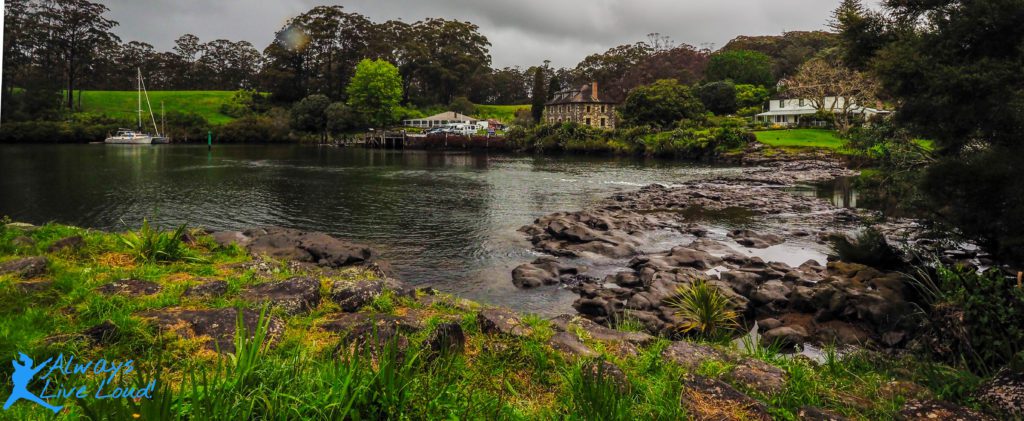
Even though New Zealand is a relatively young country with a history that goes back to the 13th century when Polynesians settled in the islands and developed a unique Māori culture, there’s so much to learn about the region’s past.
During the 17th century, the Māori, British, and French settlers, whalers, sealers, and traders from many other countries had their earliest interactions in this area. You’ll discover fascinating stories of Northland’s history at various unique locations, making them must-visit destinations during your trip.
What is the history of Stone House?
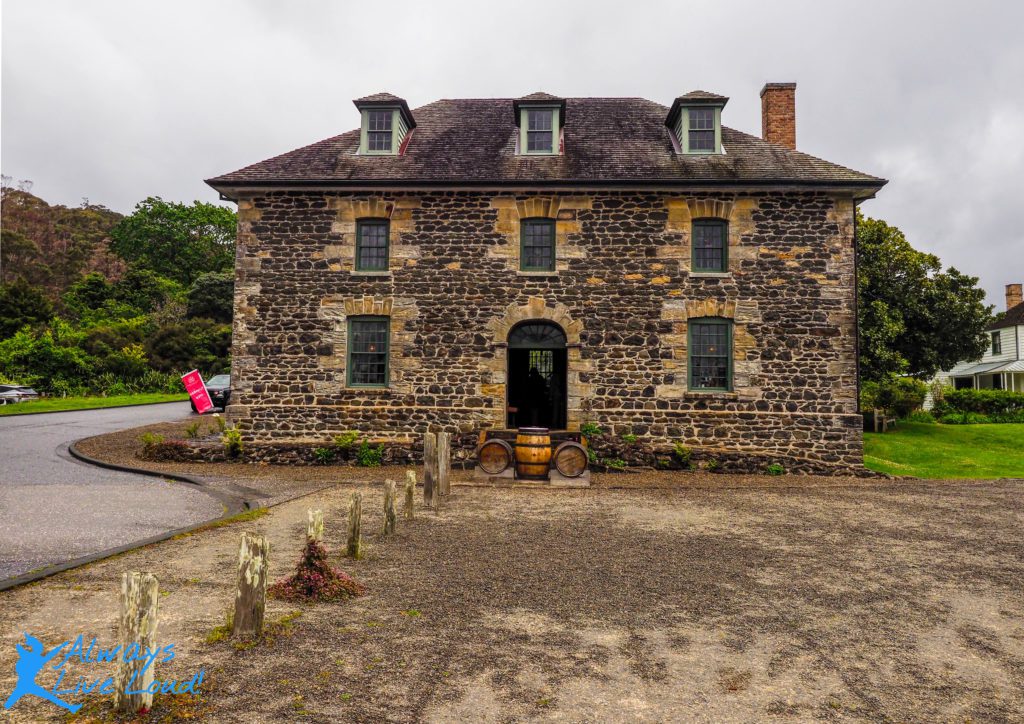
The Stone Store, located in Kerikeri, New Zealand, is a historically significant building. It was built by James Kemp and his wife Charlotte, who were the Church Missionary Society (CMS) members. The building was modeled after Samuel Marsden’s establishment in Sydney, making it the first architecturally extravagant building in New Zealand.
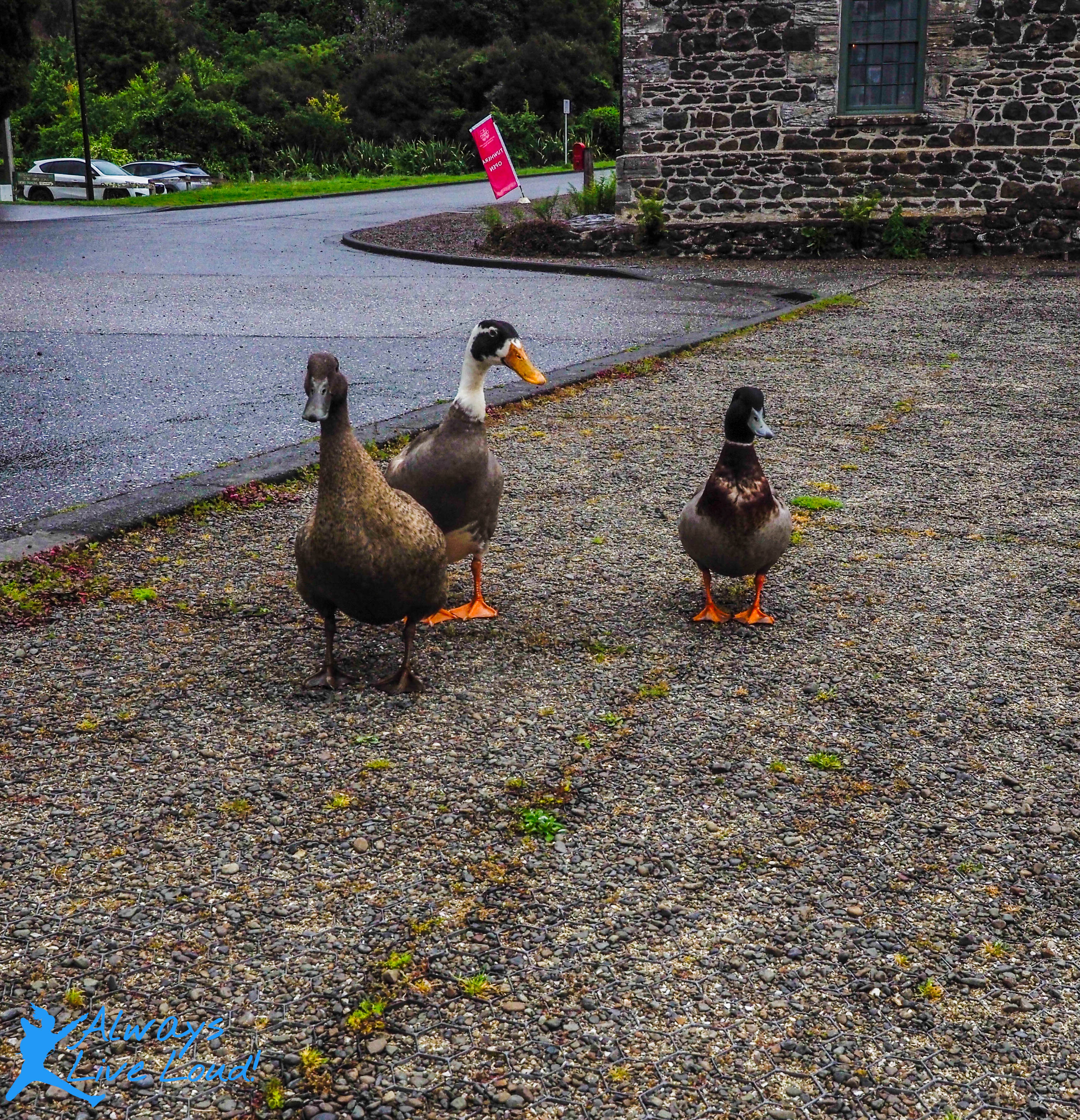
Initially, the Stone Store was intended to be the CMS’s trading post, but it was unprofitable by the mid-1830s. The store’s impractical location was due to infighting between the CMS’s Kerikeri and Paihia factions, which caused it to be far from the shifting frontier of missionary activity.
Despite society’s request for them to move to further their work, James and Charlotte refused to leave their comfortable nest at Kerikeri. They built the store using local basalt and Sydney sandstone, adding a structurally unsound belfry/clock tower on Kemp’s folly, which added to the building’s extravagance.
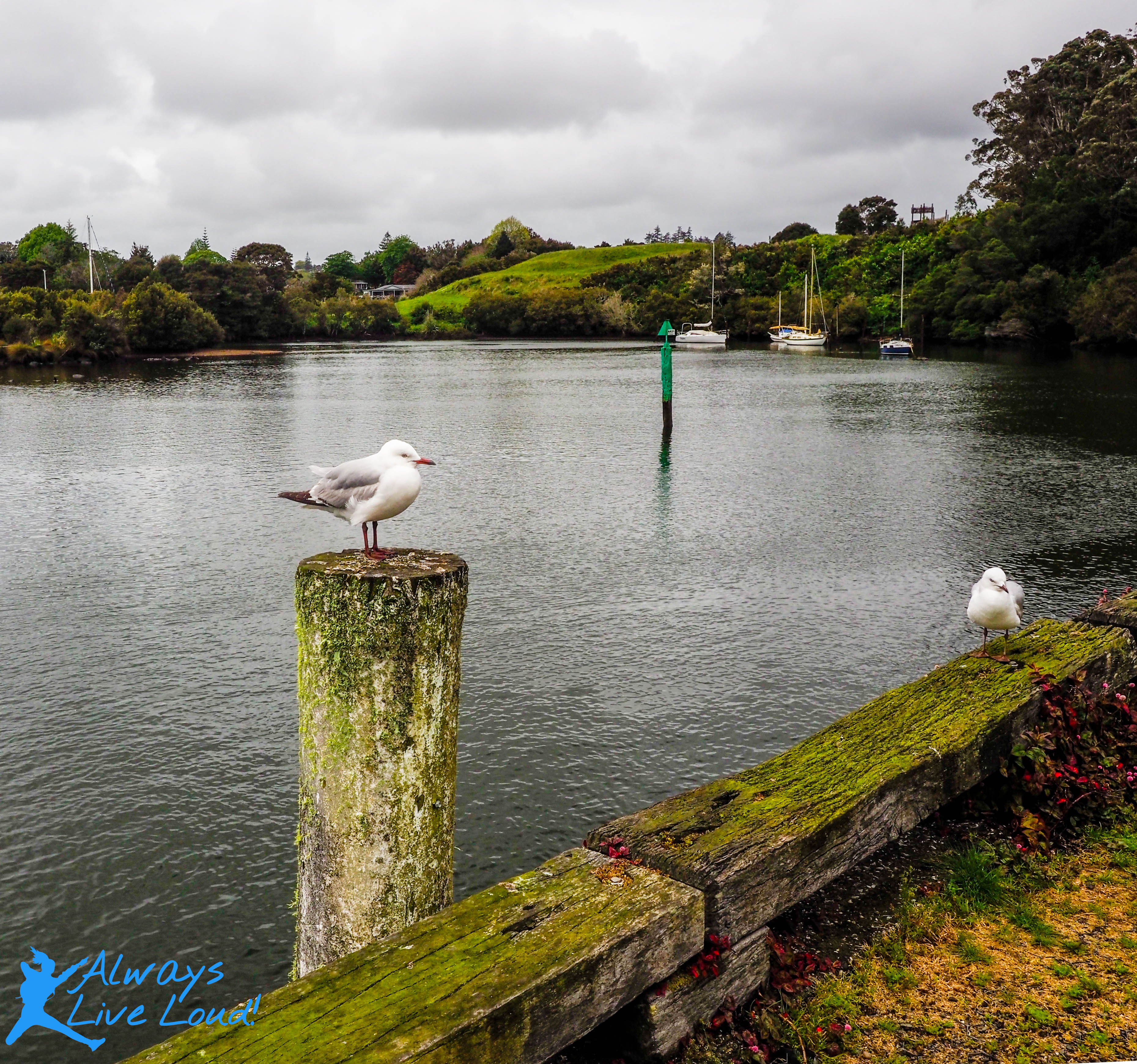
Throughout its long history, the Stone Store was underutilized, and in 1975, it was bought by the Historic Places Trust. However, in 1981, it almost succumbed to unwise tampering, traffic vibration, and dampness caused by rising groundwater levels. Nevertheless, the Trust extensively conserved the building and made it safe to enter again. They added proper dormers and reduced traffic vibration since the bridge’s removal in 2008.
The building was converted into a mission library, then later used as a magazine and a barracks. Today, it is a small museum.
Visiting The Site Of The Kerikeri Mission Station
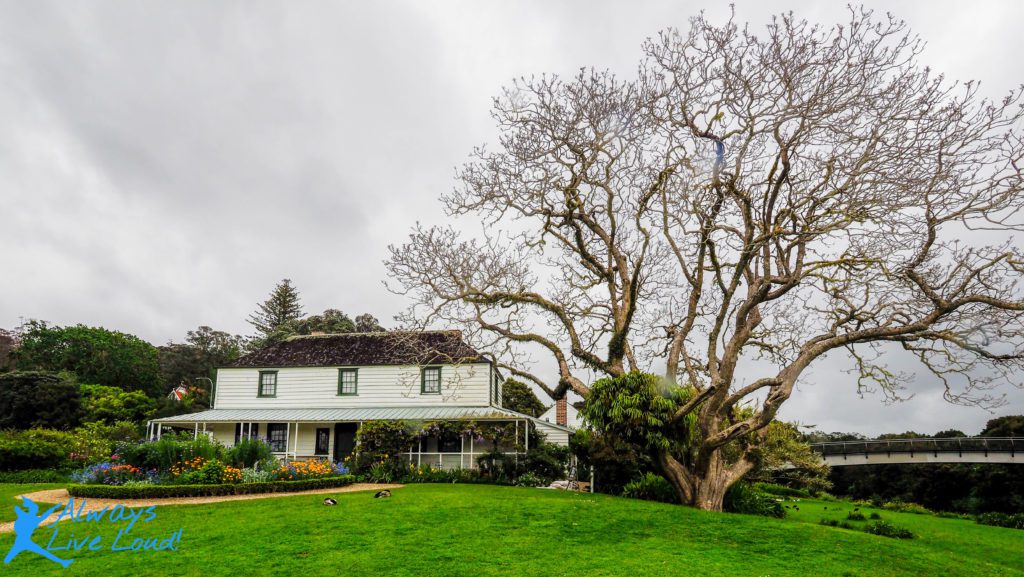

Although it was raining, we were determined to enjoy our day by visiting a captivating historical site. The property was serene and charming, and we were delighted to come across many inquisitive ducks who followed us around. We had a great time taking pictures of the ducks, geese, and Takahe birds that were in our vicinity.

As we walked across the bridge, we were treated to a breathtaking view of the stone house property and the calm river below.

On the other side of the river, we could see Te Ahurea Northland village, which offers an excellent Maori cultural experience.
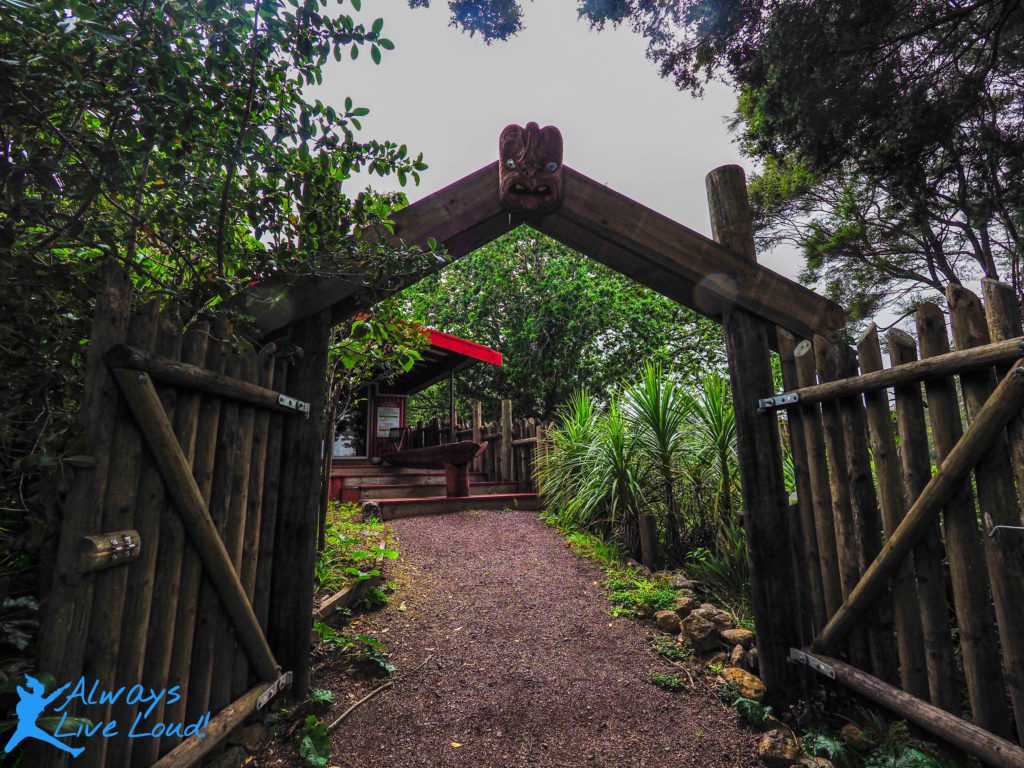
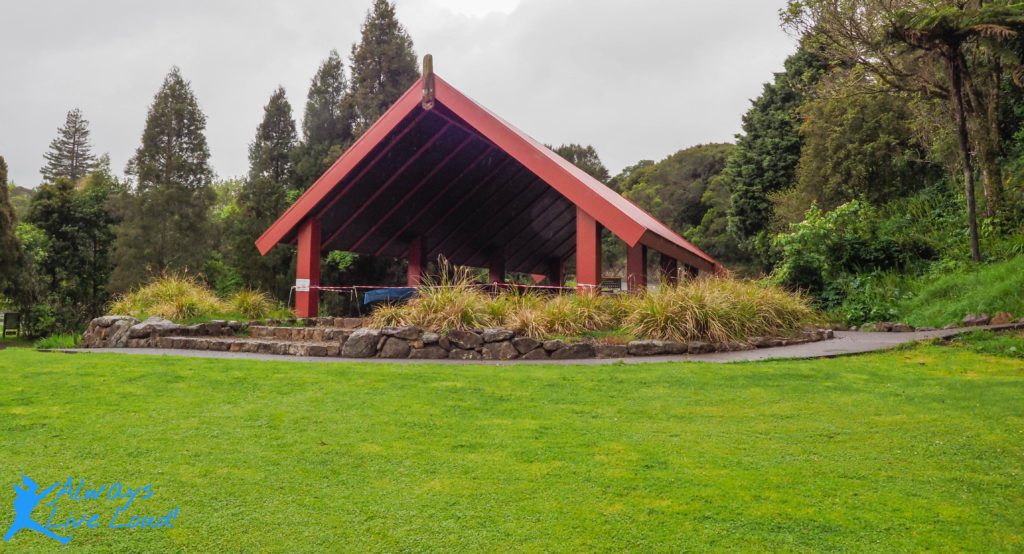
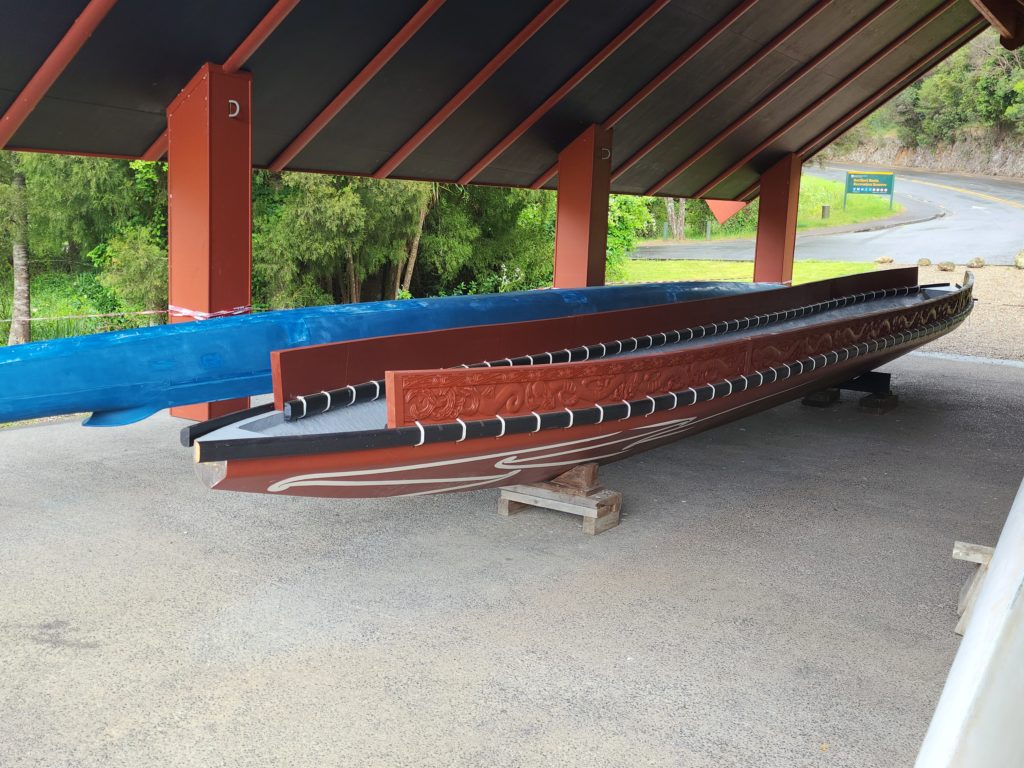
Unfortunately, our time was short, and the rain was pouring, so we couldn’t take a guided tour of the living village. It would have been a fantastic opportunity to learn more about Maori culture and traditions.
After exploring the natural surroundings, we decided to treat ourselves to some delightful cafes and pastries at the Kemp House “The Honey House Café.” The pastries were so delicious that we couldn’t resist having a second helping.
The Stone Store has now transformed once a bustling trading center into a fascinating small museum. We could browse the store and purchase some souvenirs to take home. The day was memorable filled with great experiences and learning.
What is the history of Kerikeri?
Kerikeri in New Zealand has a rich history. Polynesians settled it first, followed by Dutch explorer Abel Tasman in 1642 and Captain James Cook in 1769, who discovered and named the Bay of Islands.
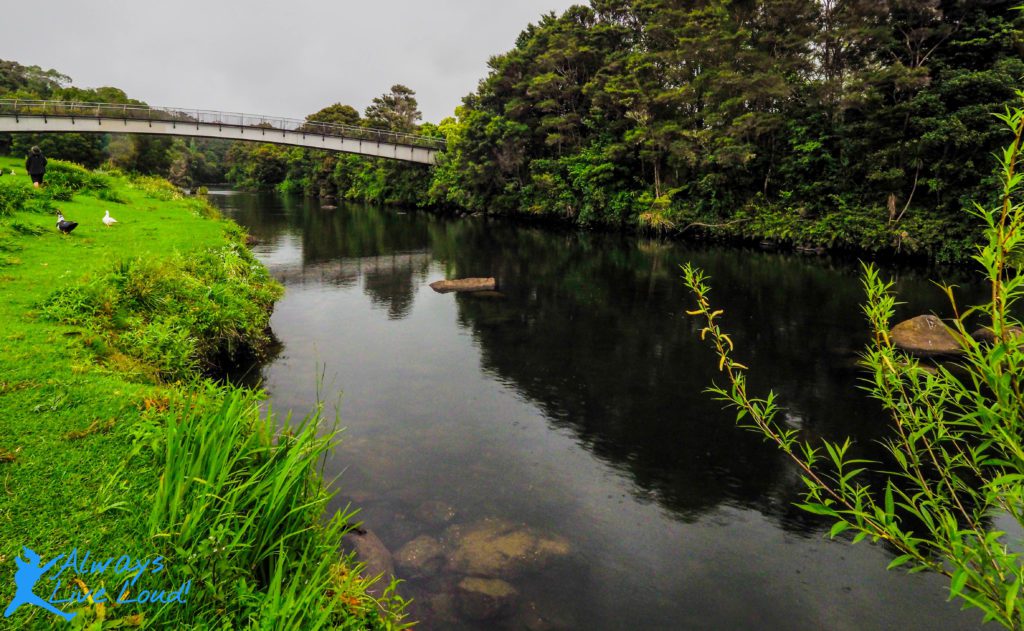
Kerikeri’s Mission House, built by the Church Missionary Society in 1822 for Rev. John Butler, is a historical site worth exploring. The mission blacksmith James Kemp later named it Kemp House when he moved in with his family in 1832, and it was renamed Mission House again over a century later. Today, it’s managed and preserved by the NZ Historic Places Trust.

The Stone Store, built between 1832 and 1836, is the oldest stone building in New Zealand. It was constructed to protect supplies from vermin and fire and provide security from curious Māori. The New Zealand Historic Places Trust is responsible for its preservation.
Waitangi, the birthplace of New Zealand, is near Kerikeri. The Treaty of Waitangi created a bi-cultural country with British settlers and Māori when it was signed in 1840. It established British law and Māori authority over their land and culture. However, differences in the interpretation of sovereignty between versions have caused issues. Both versions are taken into account in decision-making.

